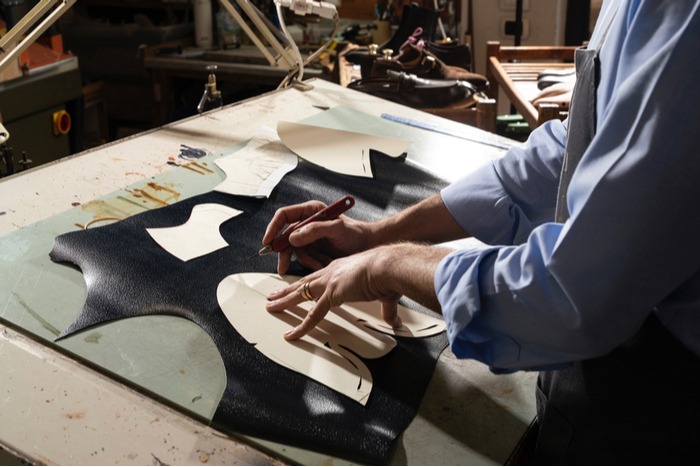All About Leather
What is Italian Leather?
Are you inquiring about what is Italian leather? The simple answer would be any leather that is made in Italy. That is what it takes to get a verification that the leather is actually an “Italian Leather.” However, true, traditional Italian leather embarks on a much greater journey before it’s ready for you. What makes it the best in the world? It’s not that it’s made in Italy, it’s how it’s made in Italy.
Genuine, traditional, Italian leather – like what is used at Domini Leather – is made using tanning methods and practices that begun in the Tuscan region over 5,000 years ago. Traditional doesn’t even begin to color the practices that are still used today. Here is a quick guide explaining what is Italian leather and why it’s the best in the world.
[Good Read: How Do They Make Leather]
In With the Old
The real secret to Italian leather is the tanning behind it. Some leathers are simply tanned in Italy using standardized, modern methods and still claim the title of being Italian, simply based on location. These leathers are of a much lower quality than that of genuine Italian leather. Modern methods lead to a harsher, less durable quality leather and there is a noticeable difference between the textures after the tanning is complete.
Traditional Tanning Methods
So what are these traditional tanning methods used to make the real Italian leather? The primary method of tanning that qualifies a product as genuine Italian leather is vegetable tanning – a practice that originated in the Tuscan region and has been around for over 5,000 years. It’s much more traditional and requires much more physical effort from the master tanner. Modern practices utilize machines and automated processes, but the method of vegetable tanning requires focus and care on each hide.
Out With the New
The hands-on vegetable tanning process is where the quality comes from. Automated processes and machinery can pump out much more leather, but the overall quality of the product will be significantly lower. Many leather makers in the modern world still tan via traditional methods, but those who utilize vegetable tanning in Italian leather shops are the ones to search for.
[Good Read: A Place Where Leather Goods Are Made]
A Global Presence
The worldwide demand for genuine Italian leather has led to a global market for these leather makers. However, it’s also led to many fakes and fabrications. With this global market, it becomes much more difficult for consumers to locate the best products around. Luckily, at Domini Leather, we can guarantee that our products are made of real, quality leather that is tanned and made in Italy.
What Makes it the Best?
Quality is much more tangible than local tanning, and leather originating in Italy offers quality that leathers coming from other countries simply cannot. For one, leather made in Italy is much softer and more comfortable. That’s why you often see it being used in the making of watch bands. It molds and forms to your wrist for a comfortable fit.
The passion that comes with every inch of leather is impossible to locate anywhere else. Vegetable tanning requires focus and precision that only leather makers in Italy can offer. The products are quality, but the tradition of the process is what shines through in Italian leather.
[Good Read: What is Leather Made out of?]
Summary
So here you have it, simple and direct answer on what is Italian leather. You should always seek leather products made with care and love as if they were made in Italy. As mentioned above, there are more and more scams and fakes going around the glove, and so you should be careful and do your own due diligence before purchasing a new bag. But if you don’t have time nor energy, you can simply browse our collections for men and women.
Each and every bag at Domini Leather was made in Italy in accordance to the Italian leather making traditions and heritage.
If you liked the article, please follow us on Facebook for more cool articles.

